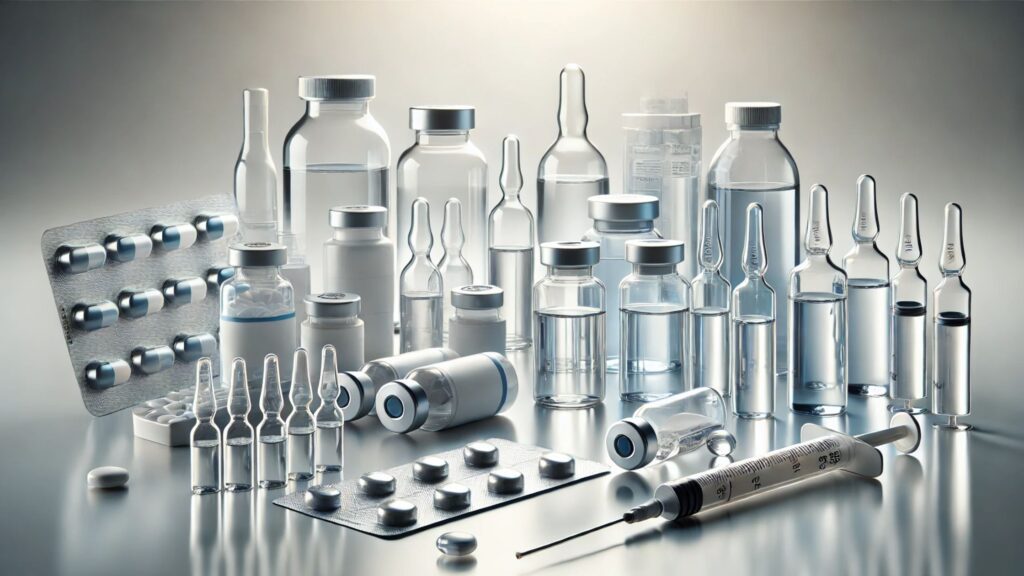Pharmaceutical primary packaging plays a crucial role in maintaining the integrity, safety, and efficacy of medicinal products. It serves as the first layer of protection, directly in contact with the drug, ensuring its stability from production to patient administration.
Importance of Pharmaceutical Primary Packaging
Primary packaging is essential in the pharmaceutical industry for several reasons:
- Protection from Contaminants: Ensures that drugs remain uncontaminated by external elements such as moisture, air, and light.
- Preservation of Stability: Prevents chemical degradation that could affect drug potency.
- Accurate Dosage Delivery: Ensures precise and safe dispensing of medications.
- Regulatory Compliance: Meets stringent guidelines to guarantee patient safety.
- Patient Convenience: Enhances ease of use and adherence to medication regimens.
Common Types of Pharmaceutical Primary Packaging
- Blister Packs: Comprising plastic and aluminum foil, blister packs protect tablets and capsules from humidity and contamination.
- Bottles and Containers: Typically made from glass or plastic, these are used for liquids, tablets, and powders.
- Ampoules and Vials: Small glass or plastic containers that store liquid drugs, ensuring sterility and precise dosage.
- Syringes and Cartridges: Pre-filled syringes and cartridges facilitate safe and accurate drug administration.
- Pouches and Sachets: Used for single-dose powders, granules, or liquid medications.
Key Considerations in Pharmaceutical Primary Packaging
- Material Selection: Packaging materials must be inert and non-reactive with the drug.
- Sterility Assurance: Critical for injectables and biologics to prevent infections.
- Child-Resistant and Tamper-Evident Features: Enhance safety and compliance with regulations.
- Sustainability: Growing emphasis on eco-friendly packaging solutions.
Future Trends in Pharmaceutical Primary Packaging
The pharmaceutical industry is evolving with advancements in packaging technologies:
- Smart Packaging: Incorporating digital tracking, temperature monitoring, and patient adherence features.
- Biodegradable Materials: Reducing environmental impact with sustainable alternatives.
- Personalized Packaging: Catering to specific patient needs with customized solutions.
Conclusion
Pharmaceutical primary packaging is a vital component in the drug manufacturing process, ensuring the safe and effective delivery of medications. With continuous innovations and regulatory advancements, the industry is moving towards more sustainable, patient-friendly, and technologically advanced packaging solutions. Choosing the right packaging can significantly enhance product safety, patient adherence, and overall healthcare outcomes.
Related Articles
- The Art and Science of Packaging | Trends, History & Future
- Primary Packaging Examples: Understanding Their Importance
- Primary Packaging vs Secondary Packaging: Understanding the Differences
- The Future of Smart Packaging: Innovation at Its Best
- The Importance of Industrial Packaging in Modern Supply Chains
- The Power of Brand Packaging: How It Shapes Consumer Perception
- The Art of Candy Packaging: More Than Just a Wrapper
- The Rise of Green Packaging: A Sustainable Future
- The Future of Sustainable Solutions: Recyclable Packaging
- The Art of Luxury Packaging: Elevating Brand Prestige

